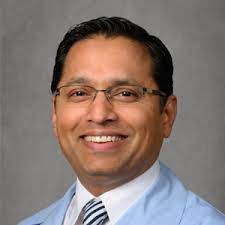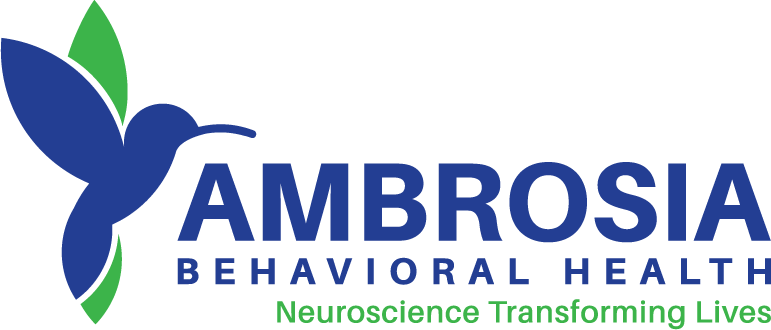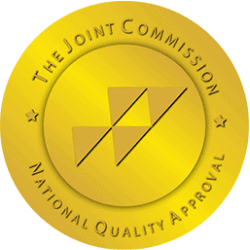Substance Abuse Treatment At Our
Facilities In South Florida
At Ambrosia Treatment Center, we are dedicated to effectively treating alcohol and drug addiction. Additionally, we treat a wide range of mental health disorders. We understand that every client’s condition and situation is unique. Our rehab facilities in South Florida offer personalized treatment programs for each person. They learn to identify the underlying causes of their disorder and develop healthy coping skills. Our goal is to equip each person with the skills and knowledge needed to achieve and maintain recovery.
Substance addiction is a serious disorder that affects millions of people. Just in the United States alone, it is estimated that 21 million people are addicted to at least one substance. The presence of addiction in South Florida is why Ambrosia vows to make a difference at our drug and alcohol rehab facilities. Substance abuse doesn’t just impact the person needing substance abuse treatment, it also takes a toll on families and the community. Fortunately, there is hope.
Substance abuse is a complex disease that affects the mind and body. It is defined as the compulsive and repetitive use of one or more substances—usually drugs or alcohol—despite serious consequences for an individual’s health and life.
Substance abuse can occur even when someone doesn’t intend to become addicted. It can start with a casual drink after work or a prescription for painkillers after surgery. Over time, drugs change how the brain works, and larger and larger doses are required to achieve the same result. As drug use increases, so does the body’s need for it in order to function.
Luckily, substance abuse can be treated. Below you will see a list of the various types of drugs one can be addicted to.
Rehab Options for Drug Addiction in West Palm Beach
Addiction is unique to each individual who is struggling with substance abuse disorder. In order to successfully treat and overcome addiction, addicts and their families should know what options are available—and which will work best for them. There are several treatment options that are effective in addressing immediate and long-term needs for addiction recovery.
Along with addiction intervention, these include:
- Detox
- Inpatient or Residential Treatment
- Outpatient Treatment
Begin Drug and Alcohol Rehab in South Florida

Dr. Alam is an internationally renowned psychiatrist with academic affiliations with Northwestern University and University of Illinois, Chicago where he completed his residency training. He has been a principal investigator for over forty studies and has been involved in research leading to the approval of most psychiatric medications currently on the market. He is the founder of the Neuroscience Research Institute which continues to conduct research on cutting edge medication and interventional psychiatry. Dr. Alam is a Distinguished Fellow of the American Psychiatric Association and the American Society of Addiction Medicine. He has won several awards and has been featured extensively on radio and television.






